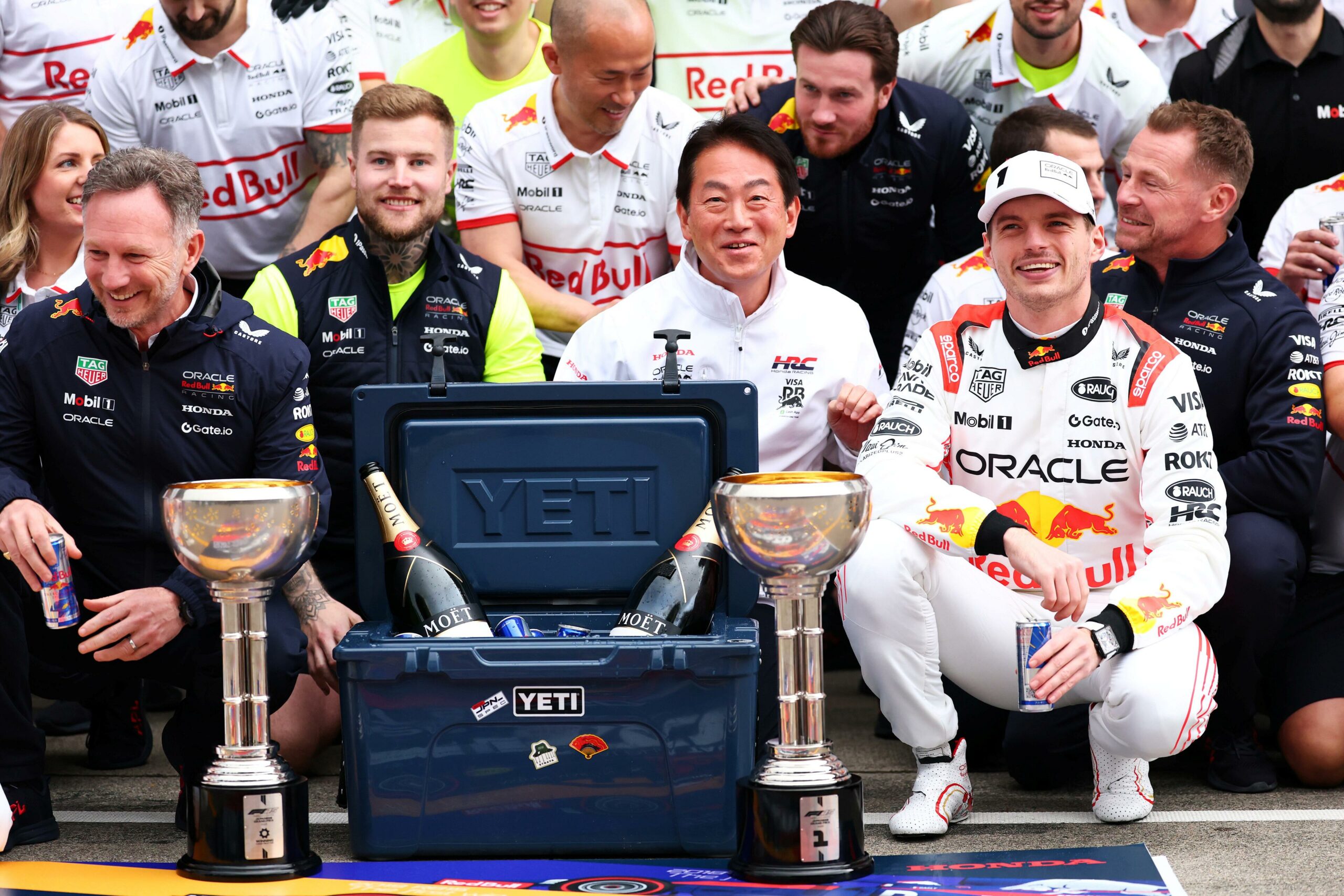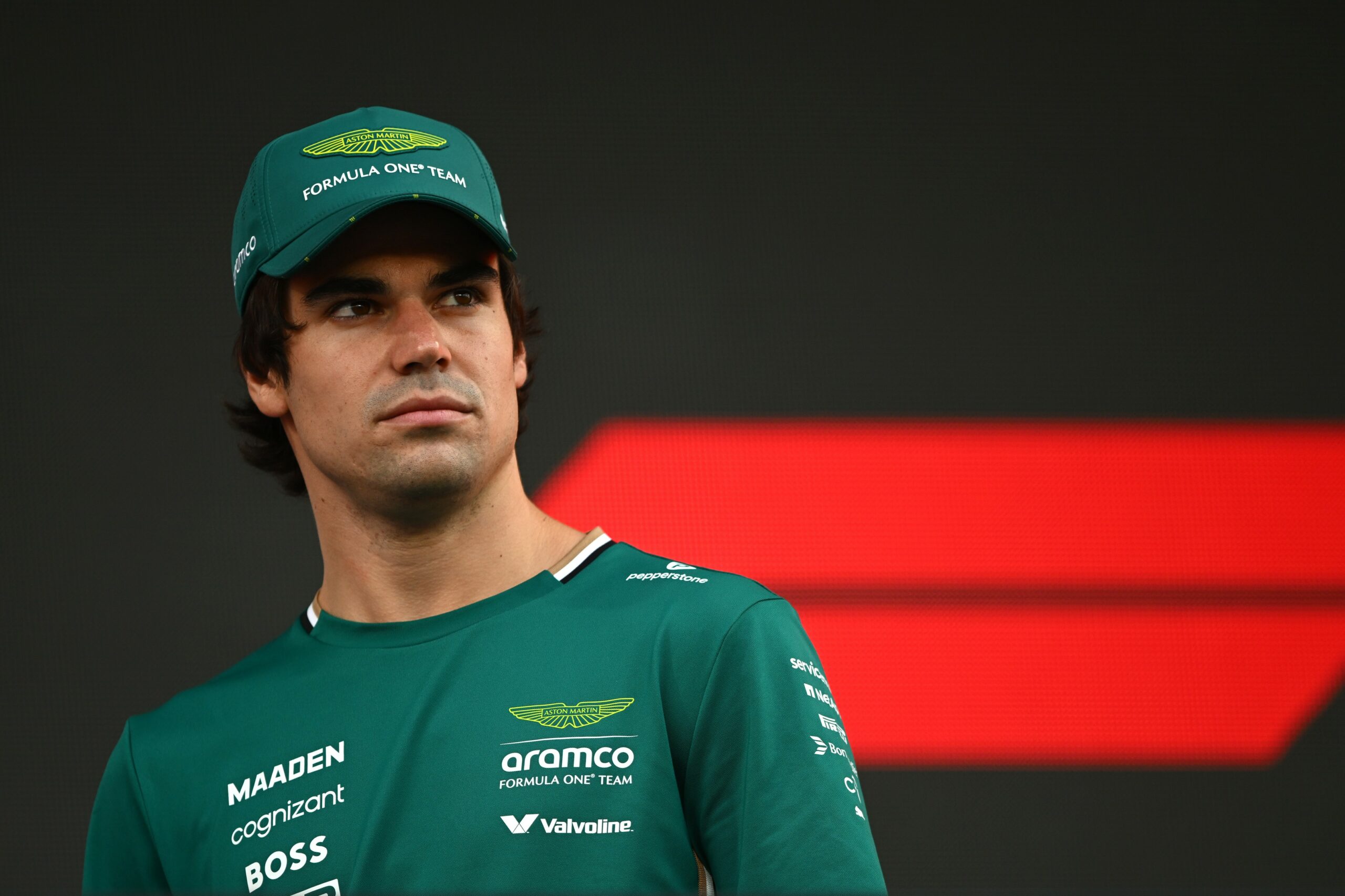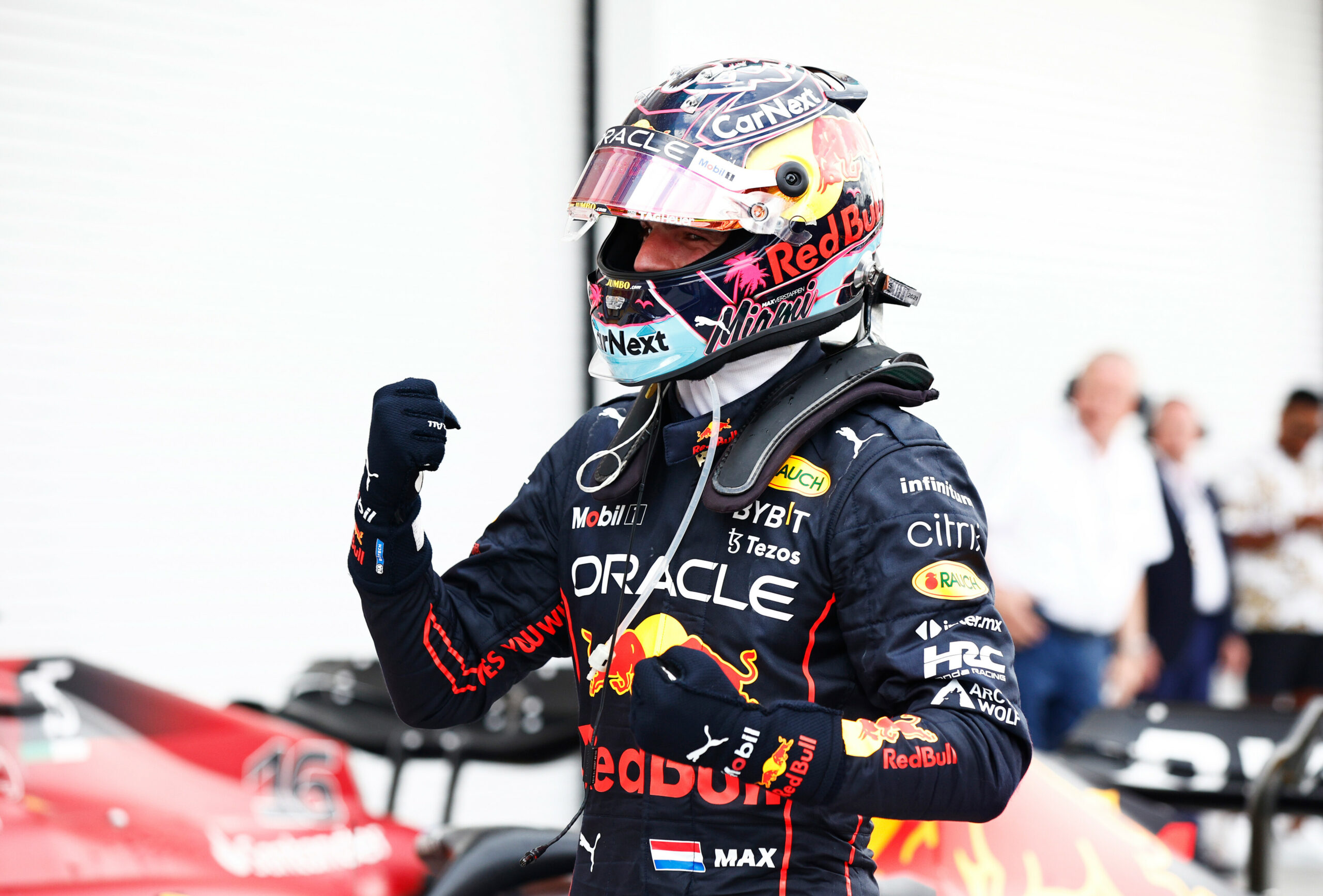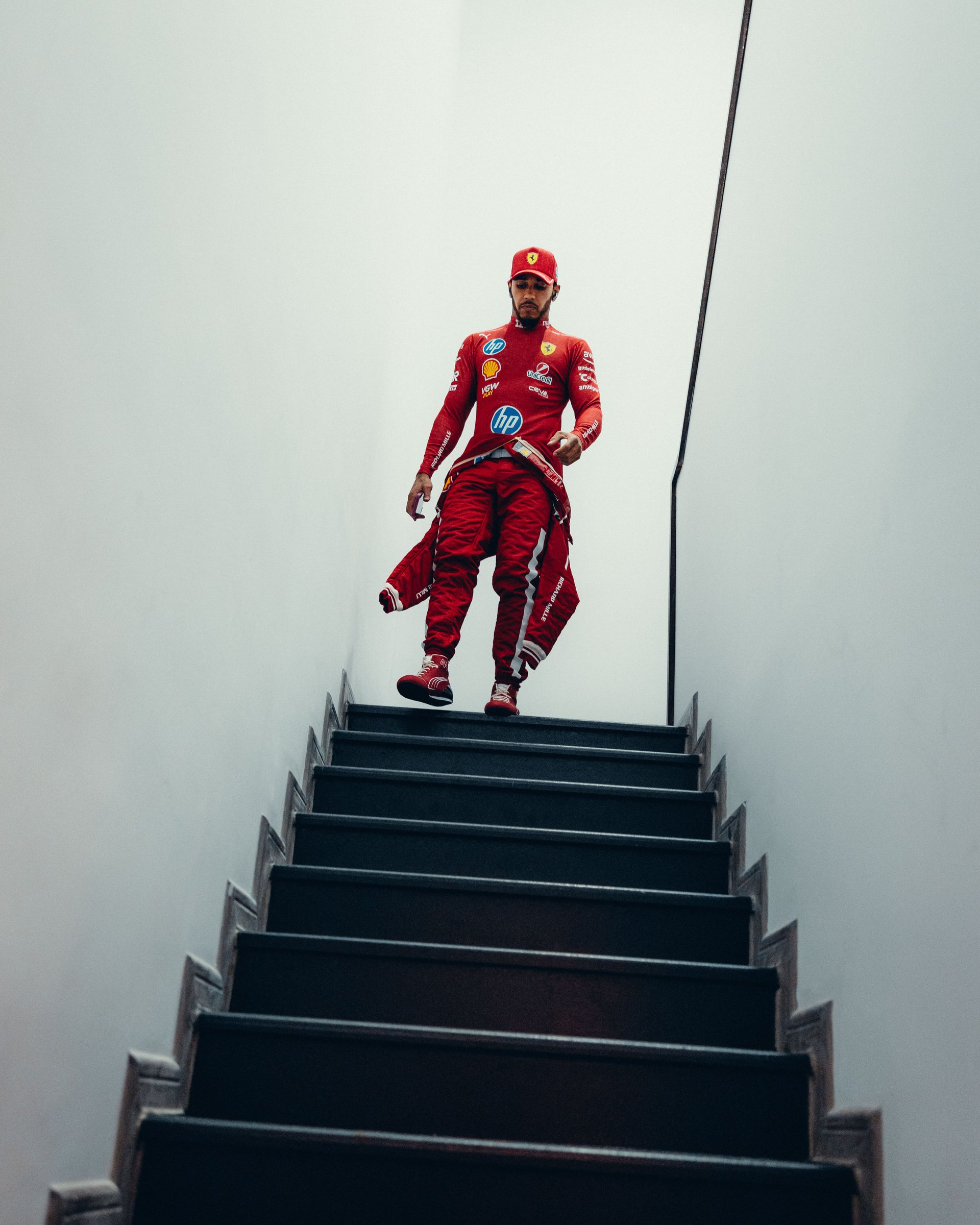Red Bull Team Principal Christian Horner has praised Max Verstappen’s “incredible” race that saw him claim victory at the F1 Japanese GP.
After securing a shock pole position during qualifying on Saturday, Verstappen clinched a triumphant victory that saw him lead the race from lights out to chequered flag, despite looming pressure from the ever-quick McLarens behind.
Horner: Qualifying a major deciding factor for the weekend at the F1 Japanese GP
Horner lauded Max Verstappen’s “incredible” performance during the race on Sunday, though he did acknowledge that Saturday’s qualifying session played a huge role in the end result:
“What a great race, an incredible race for Max, great for the team. The majority of the hard work was done yesterday. When you look at, I guess, 90% of the cars finished in the order that they started in.”
That being said, Verstappen’s prime starting position did not undermine the challenge posed by the two McLarens of Lando Norris and Oscar Piastri behind him. According to Horner, it was imperative that the 27-year-old did not put a toe out of line as they hounded him all afternoon:
“But it was a flat-out sprint race today, there was very low degradation. We know the McLarens are very, very fast and it needed Max to be inch-perfect, with two very fast McLarens right behind him,” he said.
“For 53 laps he made not a single mistake and had the pace to cover them, keep them out of his DRS.
“He was particularly strong in turn 11 and the last corner to keep that vital second gap, and had enough to cover whatever they could throw at us today.”
Horner: “No bigger motivator than winning” for Red Bull
Today was an important race for Red Bull, whose partnership with Japanese engine provider Honda is coming to an end at the close of this season. Horner stressed that this win provided “huge” motivation for the team:
“A huge win, particularly here in Japan, running the car in a Honda livery. And thanks to the partnership that we’ve enjoyed so far with Honda.
“But there’s no bigger motivator than winning and so the injection of motivation that they provided to the whole team is fantastic.”
Horner: Covering McLaren was key in F1 Japanese GP
McLaren made the decision to pit Norris at the same time as Verstappen, leading to a small skirmish at the pit exit where Norris went onto the grass. Nevertheless, Verstappen and the team remained unphased:
“It was clear that pit stops were approaching,” said Horner.
“McLaren elected to pit Oscar first. But prior to that they called a dummy with Lando that really, to us, didn’t make any sense because it would just come out in traffic. So we stuck to our guns, we didn’t react to the dummy.
“They then pitted Oscar and it was clear that they were going to pit Lando the following lap. So then it was a matter of covering Lando.”
He continued: “We didn’t have a totally clean pit stop. We’ve got a reserve crew with two members missing this weekend. And Lando got close-ish at the pit exit but he never looked [to be] alongside [Max] or anything like that.”
Despite the McLarens looking particularly quick, Horner stressed that it was simply a case of being ready for everything the Woking-based outfit could throw at them.
But the victory was also ultimately helped by the lack of action not just at the front of the grid, but throughout the rest of the field too as dirty air and a lack of tyre degradation led to a procession in the top 10:
“Thereafter on the hard tyre for 30-odd laps, Max had the pace to cover whatever McLaren could throw at us,” said Horner.
“And at different times, one minute was Lando, the next minute Oscar looked very quick.
“But as you could see, overtaking throughout the field was almost negligible.”
Not all smooth sailing
Horner revealed that Verstappen did suffer some understeer following his pit stop, due to issues with the front wing as they did not get to tweak it as planned:
“We didn’t get the front wing adjustment that we wanted into the car, so instead of cranking on a bit more front wing for the hard tyre, we didn’t get the adjustment that we wanted.
“So that provoked quite a bit more understeer into the car than would have been ideal. But with the performance engineer and engineering tweaking away at the tools, they were able to help Max compensate a little bit.”





